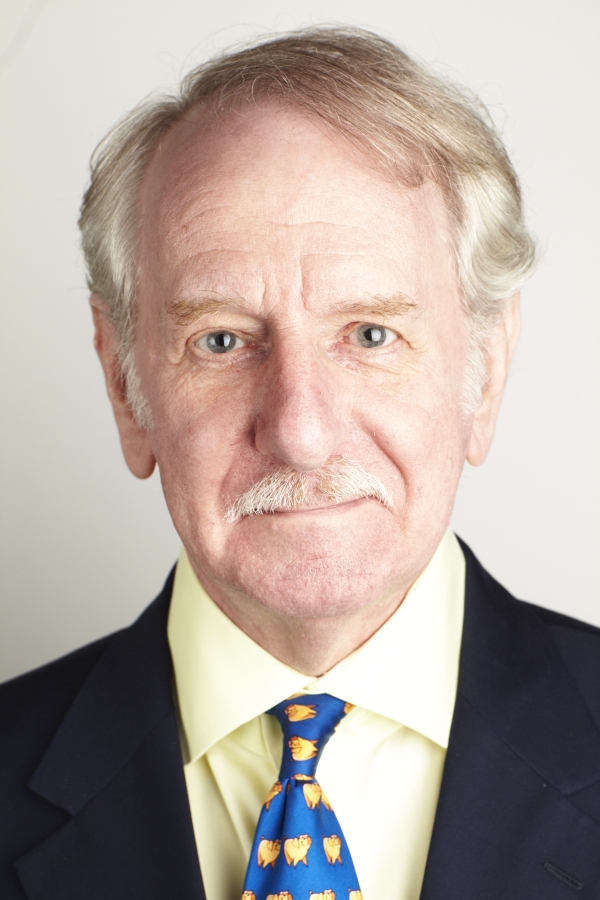
Consistent rejection-free survival in baboon recipients of 10-gene edit pig donor kidneys with intensified anti-CD154 treatment: Intermediate-term results
Kohei Kinoshita1, Akihiro Maenaka1, Gweneth E Lavalla1, Ivy A Rosales2, Ahmad Karadagi1, Toshihide Tomosugi1, David L Ayares3, Seth Lederman4, Robert B Colvin2, Tatsuo Kawai1, Richard N Pierson III1, David KC Cooper1.
1Center for Transplantation Sciences, Department of Surgery, Massachusetts General Hospital, Boston, MA, United States; 2Department of Pathology, Immunopathology Research Laboratory, Massachusetts General Hospital, Boston, MA, United States; 3Revivicor Inc., Blacksburg, VA, United States; 4Tonix Pharmaceuticals Holding Corp. , Chatham, NJ, United States
Purpose: Pigs with 10 gene edits (GTKO.CMAHKO.b4GTKO triple-knockout [TKO], growth hormone receptor-knockout, and expression of 6 human protective proteins [hCD46, hCD55, hTBM, hEPCR, hHO1, hCD47]) have been proposed as a source of kidneys for humans if the immunological barrier can be overcome. We investigated candidate immunosuppressive regimens in nonhuman primate (NHP) kidney transplant recipients.
Methods: Baboons (n=10) underwent life-supporting 10-GE pig (Revivicor, Blacksburg, VA) kidney transplantation. All pigs and baboons were negative for cytomegalovirus.
Group 1 baboons (n=4) received induction immunosuppressive therapy with anti-thymocyte globulin at 5 mg/kg on day -2, anti-CD20 mAb at 10 mg/kg on day -1, and C1-esterase inhibitor at 17.5 units/kg on days 0 and 2. Maintenance therapy comprised anti-CD154 mAb (Tonix-1500, Tonix Pharmaceuticals, Chatham, NJ) at 20 mg/kg IV x5 doses within the first 14 days and then weekly, rapamycin IM daily aiming for a trough level of 8-12 ng/ml from day -5, methylprednisolone at 10 mg/kg IM on day 0 tapering to 0.25 mg/kg/day by day 7, and IL-6R blockade with tocilizumab at 10 mg/kg on days 1, 7, and 28, and then monthly.
Group 2 baboons (n=6) received the identical immunosuppressive regimen as Group 1, except that Tonix-1500 was administered at a dose of 30 mg/kg IV instead of 20 mg/kg.
Monitoring included blood counts, serum and urine parameters, ultrasound, and renal biopsies.
Results:
Group 1 baboons (n=4) survived for 7 (acute gastric dilatation), 59, 86, and 120 days, with the latter 3 all showing features of antibody-mediated rejection.
In Group 2 (n=6 consecutive transplants), two baboons were euthanized with functioning grafts (with no histopathological features of rejection) on day 225 (from iatrogenic electrolyte imbalance) and day 100 (gastric ulcer bleeding). Four remain alive and well on days >330, >130, >110, and >110 with no features of rejection to date in 3 cases. The longest surviving recipient (ongoing at >330 days) showed mild features of thrombotic microangiopathy and chronic antibody-mediated rejection at for-cause biopsy on day 200 but maintains a normal serum creatinine level on day 330.
Conclusion: By increasing the dosage of the anti-CD154 mAb in this relatively simple and non-toxic immunosuppressive regimen, we have achieved virtually rejection-free survival of pig kidneys in 6 consecutive baboons in the difficult TKO pig-to-baboon model. Because of the added ‘4th antigen’ creates a higher immunological barrier in nonhuman primate recipients of CMAH KO organs, we predict that this regimen has to potential to be successful when 10-gene edit pig kidneys are transplanted into humans.
Work on xenotransplantation in our laboratory is supported in part by NIH NIAID U19 grant AI090959 and in part by a Kidney X Prize (to DKCC) awarded jointly by the US Department of Health and Human Services (DHHS) and the American Society of Nephrology.
[1] Xenotransplantation
[2] Pig-to-baboon kidney transplantation
[3] Co-stimulation pathway blockade
[4] Anti-CD154 mAb
